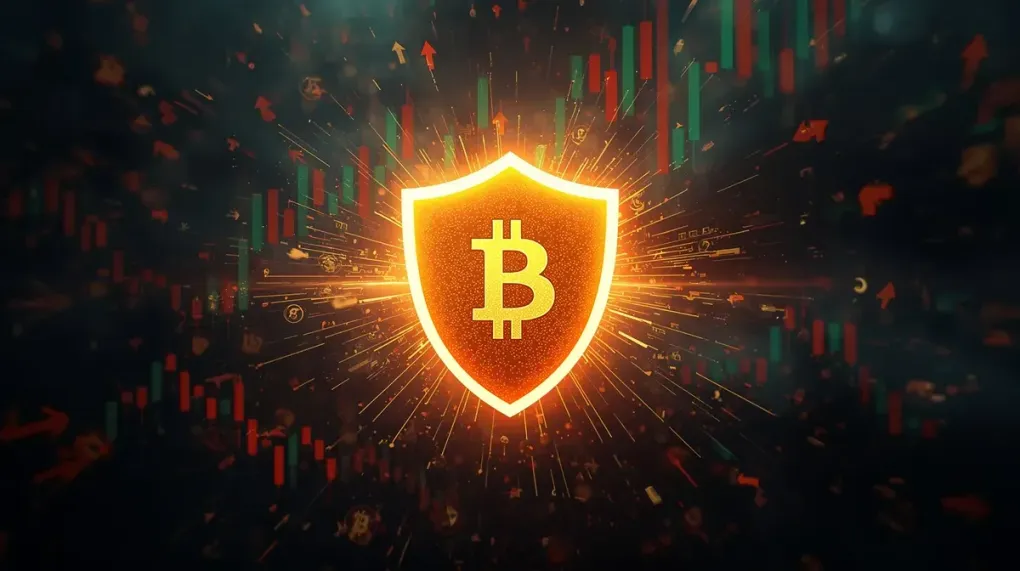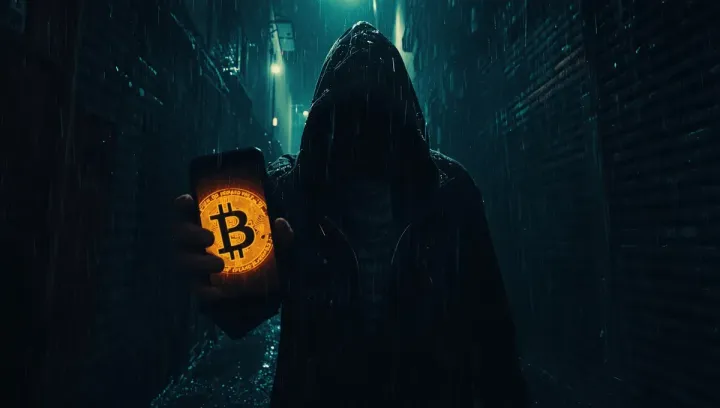
Crypto's Wild Ride: A History of Epic Crashes and How to Survive the Next One
Riding the Crypto Rollercoaster
If you’ve been in the crypto space for more than a week, you know the feeling: the exhilarating highs and the gut-wrenching lows. The recent market tremor caused by political posturing is just the latest chapter in a long history of volatility. For every story of a Bitcoin millionaire, there are thousands of stories of devastating losses.
But here’s the thing: these crashes aren’t new. They are a feature, not a bug, of a young and disruptive market. Understanding the past is the first step to surviving the future. So, let’s take a walk down memory lane and revisit some of crypto’s most epic meltdowns.
A Brief History of Crypto Armageddon
-
The Mt. Gox Catastrophe (2014): For many early adopters, this was the original sin. Mt. Gox, a Tokyo-based exchange, handled over 70% of all Bitcoin transactions at its peak. When it suddenly collapsed in February 2014 after reporting 850,000 bitcoins as lost or stolen, it plunged the market into a multi-year bear market. It was a brutal lesson in the importance of security and the dangers of centralized exchanges.
-
The Great Crypto Crash of 2018: After the euphoric bull run of 2017, where Bitcoin almost touched $20,000, the bubble spectacularly burst. The market was flooded with questionable ICOs (Initial Coin Offerings), and the house of cards came tumbling down. Projects like Bitconnect, a notorious Ponzi scheme, went to zero, and the entire market bled out for months. Bitcoin crashed by over 80%, and many altcoins never recovered.
-
The Terra/LUNA Implosion (2022): This one was different. It was a failure of the algorithm itself. The Terra ecosystem, with its algorithmic stablecoin UST, was a darling of the DeFi world. But when UST lost its peg to the dollar, a death spiral was triggered that wiped out over $40 billion in value in a matter of days. It was a stark reminder that financial engineering, no matter how clever, is not infallible.
-
The FTX Deception (2022): Just when the market was recovering from the LUNA shock, the FTX scandal hit. Once a titan of the industry, the exchange collapsed overnight amid revelations of fraud and mismanagement of customer funds. The fallout was immense, shaking the very foundations of trust in the centralized players of the crypto world.
How to Protect Your Digital Hide: A Survival Guide
History is a great teacher. So, what have we learned? How do you avoid becoming a statistic in the next crash? Here are a few strategies I live by:
-
Don’t Marry Your Bags: Diversification is your best friend. Spreading your investments across different assets (including outside of crypto) is the most basic rule of risk management. Don’t go all-in on one coin, no matter how much you believe in it.
-
Know Your Exit: Before you even buy, have a plan. Decide at what point you will take profits and, more importantly, at what point you will cut your losses. Using stop-loss orders can take the emotion out of the decision and save you from catastrophic losses.
-
Stablecoins are Your Shelter: In a storm, you need a safe harbor. Keeping a portion of your portfolio in stablecoins (like USDC or a truly decentralized alternative) allows you to preserve capital during a downturn and gives you the dry powder to buy the dip when you think the bottom is in.
-
Not Your Keys, Not Your Coins: This is the oldest mantra in crypto, and it’s more relevant than ever. The ghosts of Mt. Gox and FTX are a constant reminder that if you don’t control your private keys, you don’t truly own your crypto. Learn to use a hardware wallet. It’s non-negotiable for any serious investor.
-
Zoom Out and HODL (If You Believe): If you have high conviction in the long-term potential of a project, a market crash can be an opportunity. Dollar-cost averaging (DCA) and holding through the volatility (HODLing) has historically been a winning strategy for blue-chip assets like Bitcoin. But this only works if you’ve invested what you can afford to lose and have a genuine long-term thesis.
Ultimately, surviving in the crypto market is about mindset. It’s about being a healthy skeptic, doing your own research, and managing risk like your life depends on it. The rollercoaster is part of the experience, but with the right strategy, you can make sure you’re still on the ride when it starts going up again.


